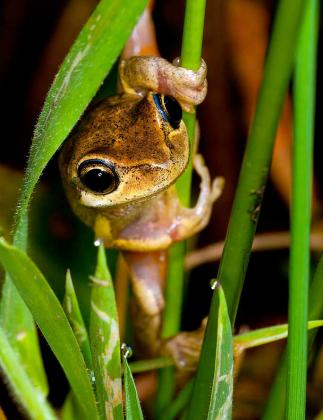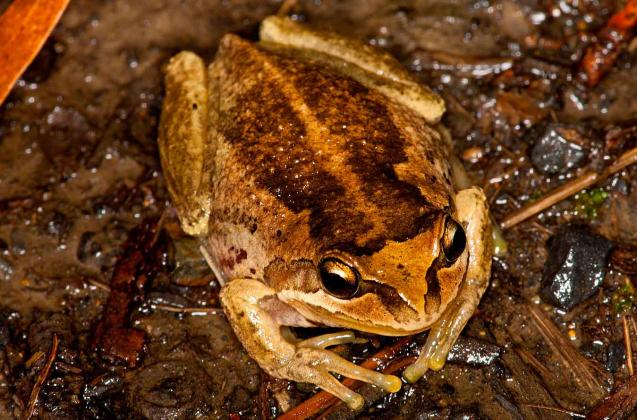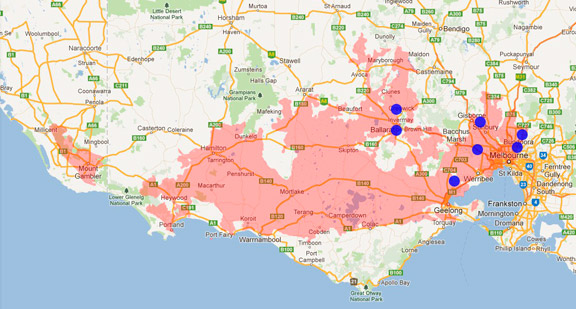A range of teacher professional learning programs will be developed to accompany the Biodiversity of the Western Volcanic Plains online outreach...


Verreaux's Frog
Litoria verreauxii verreauxii
Breeding season: late winter to autumn. Females lay 500-1,000 pigmented eggs in a jelly mass, generally attached to submerged vegetation.
| Details | Description |
| Type | Amphibian |
| Group | Frog - Tree Frog |
| Other Common Names | Whistling Tree Frog |
| Identifying Characteristics | |
| Distinctive Markings | Adults have a pale mid-vertebral stripe which bisects a slightly darker brown patch. Slightly pointed snout and indistinct tympanum. |
| Diet | Carnivore. Adults feed on invertebrates. |
| Habitat | Open grassland near permanent water. |
| Native Status | Native to Australia |
| Sounds | The identifying 'whistling' call is a rapid "tweee tweee tweee twee twee … ". |
| Taxonomy | |
| Phylum | Chordata |
| Class | Amphibia |
| Order | Anura |
| Family | Hylidae |
| Genus | Litoria |
| Species | verreauxii verreauxii |

Distribution maps indicate current and historic locations where species have been sighted.
Source: Atlas of Living Australia
| Conservation Status | |
| DEPI Advisory List | Not listed |
| FFG Act | Not listed |
| EPBC Act | Not listed |
The conservation status of species is listed within Victoria and Australia.
The Department of Environment and Primary Industry (DEPI) Advisory List consists of non-statutory advisory lists of rare or threatened flora and fauna within Victoria.
The Flora and Fauna Guarantee Act 1988 (FFG Act) lists threatened species in Victoria. Under the Act, an Action Statement is produced for each listed species.
The Environment Protection and Biodiversity Conservation Act 1999 (EPBC Act) is the Australian Government’s key piece of environmental legislation, listing nationally threatened native species and ecological communities.



